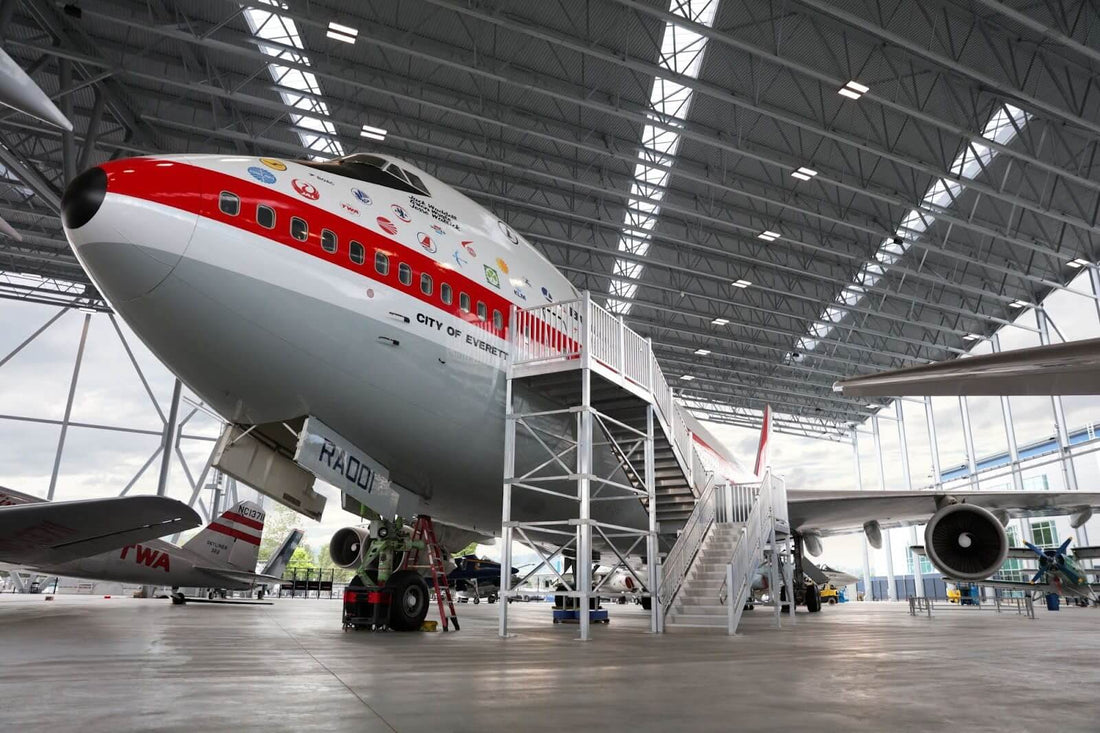Travel has become a more universal need as our world expands. Whether you’re headed somewhere distant for vacation, work, medical care, or visiting family, airplanes are one of the most convenient ways of covering the distance without sacrificing too much time. Those who use mobility devices are just as likely to board an airplane, but they may have added considerations when navigating the airport. Beyond accessibility ramps, there are certain regulations in the United States that ensure minimum requirements for a smoother travel experience for those with disabilities. We will cover key airport accessibility requirements and relevant legislation to help ease your next travel experience.
Overview of the Air Carrier Access Act (ACAA)
The Air Carrier Access Act (ACAA) came about in 1986 to prohibit discrimination against individuals with disabilities in air travel. The ACAA requires airlines to provide necessary accommodations to ensure that passengers with disabilities can travel safely and comfortably. There are several key provisions in the ACAA:
- Non-Discrimination: Airlines cannot refuse transportation to individuals with disabilities and must offer the same services available to other passengers.
- Accessibility Features: Airlines must have aircraft with accessible features, such as movable armrests, accessible lavatories on larger planes, and storage for assistive devices.
-
Assistance Services: Airlines must provide assistance with boarding, deplaning, and connecting flights. This includes providing wheelchairs and helping with seat transfers. Having wheelchair-accessible ramps throughout the terminals allows users to make connections and navigate the airport more easily.
Airports and the Americans With Disabilities Act (ADA)
The Americans with Disabilities Act (ADA) of 1990 is a civil rights law that prohibits discrimination based on disability in all areas of public life, including transportation. While the ADA mostly applies to ground transportation and public facilities, it also influences airport accessibility through several areas, including ADA stairs and ramps:
- Accessible Facilities: Airports must have accessible facilities, including restrooms and drinking fountains. Having ADA access ramps to enter and leave the facility is a requirement.
- Communication Access: Airports must provide effective communication for passengers with disabilities, such as visual paging systems and TTY devices for individuals with hearing impairments.
- Service Animals: Airports must allow service animals to accompany passengers with disabilities throughout the terminal and onto the aircraft.
The Rehabilitation Act of 1973
The Rehabilitation Act of 1973, particularly Section 504, prohibits discrimination against individuals with disabilities in programs and activities that receive federal financial assistance, including airports. Airports must make reasonable modifications to policies, practices, and procedures to accommodate passengers with disabilities unless doing so would fundamentally alter the nature of the service.
Technological Advancements
Emerging technologies are playing a role in improving airport accessibility. Innovations such as mobile apps for real-time accessibility information, autonomous wheelchairs, and advanced communication devices are helping to create a more inclusive travel environment. For example, those who are deaf may receive notifications from the airline through their app for flight changes more effectively than monitoring a board. Being able to locate a pet relief area for a service animal on the app reduces the physical exertion that occurs when having to physically search the airport for it.
Understanding airport accessibility requirements and legislation, including ADA ramp requirements, is crucial for ensuring that all passengers, regardless of their abilities, have a safe and comfortable travel experience. These laws provide a strong foundation for accessibility, while new developments promise to further enhance travel for individuals with disabilities. There are continued gaps in accessibility, as seen by news stories showing mobility devices broken by airlines or a lack of truly accessible walkways and seats. Advocates for equal accessibility continue to push for better alternatives that will serve the global community.
Explore Accessibility Solutions With EZ-ACCESS®
EZ-ACCESS is a company committed to promoting accessibility and providing solutions that make travel easier for everyone. We aim for the day when safe and accessible travels are easy for all! Reach out to learn more about the ramps and other devices we can create for you.

